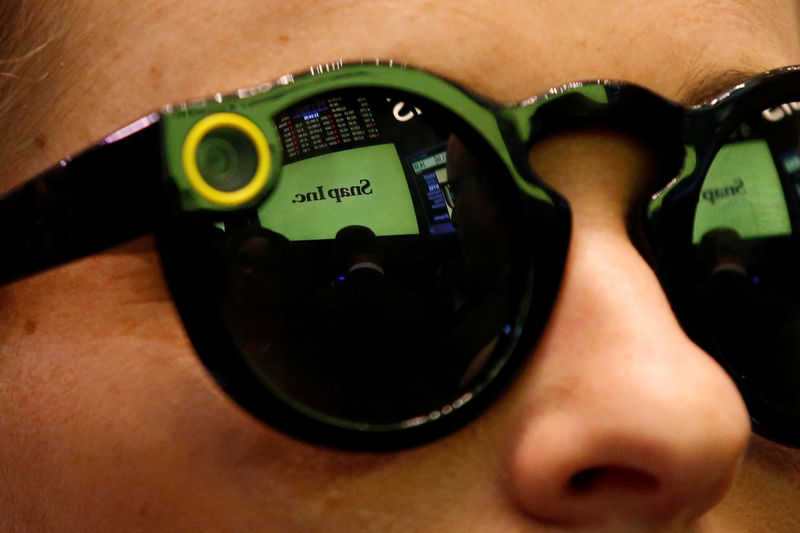US stock futures flounder amid tech weakness, Fed caution
On Tuesday, RBC Capital Markets provided insights from a series of meetings held last week in New York City and Boston, addressing the current state and investor sentiment in the internet marketing sector. Among the mega-cap companies, META (NASDAQ:META) (NASDAQ:FB), Alphabet Inc.’s Google (NASDAQ:GOOGL), and Amazon (NASDAQ:AMZN) were ranked in order of most adverse exposure to tariffs, with META leading the pack. This ranking is influenced by META’s higher mix of goods and services and its greater reliance on China and China-sourced direct-to-consumer operations.
Investors are also evaluating the resilience of ad spending in a potential downturn, with a particular focus on whether META’s recent performance could outweigh the typically more durable nature of intent/search-based advertising compared to impulse/social advertising. Despite this, there is a debate over which company, GOOGL or META, would see ad spend hold up better if economic conditions worsen.
Smaller advertising companies like Pinterest (NYSE:PINS) and Snap Inc . (NYSE:SNAP) are facing skepticism from investors due to the anticipation of macroeconomic disruptions. Both stocks have declined to levels that some find compelling, but concerns about significant downside from brand exposure have made investors cautious. SNAP, currently trading at $8.02 with a market cap of $13.52B, is perceived to have relatively less downside to its estimates, while PINS is seen as reaching low levels in terms of valuation. InvestingPro analysis shows SNAP maintaining strong revenue growth at 16.4% and healthy liquidity with a current ratio of 3.95. Investors should note SNAP’s upcoming earnings report on April 29, which could be a significant catalyst. According to InvestingPro Tips, SNAP operates with moderate debt levels and maintains strong liquid assets, with 6 more exclusive insights available for subscribers.
RBC Capital Markets also highlighted investor discussions around capital expenditure sensitivity in relation to marginal revenue softness. There seems to be an inclination towards margin compression, with companies potentially balancing cost reductions with the need to remain competitive in AI. Notably, companies like AMZN and GOOGL are expected to maintain their spending levels. For deeper insights into tech company valuations and financial health metrics, InvestingPro offers comprehensive analysis and Fair Value estimates across the sector, helping investors make more informed decisions in this challenging environment.
Defensive stocks with limited downside that are frequently mentioned include Wix.com Ltd. (NASDAQ:WIX), GoDaddy Inc. (NYSE:GDDY), Zillow Group (NASDAQ:ZG), and Carvana Co. (NYSE:CVNA). These companies, especially those with subscription-heavy models like web design firms, are viewed as safer plays in uncertain times. Additionally, CVNA is believed to benefit from the shift from new to used car sales, with stable gross profit per unit (GPU) despite potential concerns around financing adoption.
Lastly, the report noted a negative bias towards gig economy companies such as Uber Technologies Inc . (NYSE:UBER), DoorDash Inc. (NYSE:NASDAQ:DASH), and Lyft Inc. (NASDAQ:LYFT). This sentiment is driven by travel-related concerns affecting ride-hailing services and market volatility diminishing demand from DASH’s affluent customer base. Despite previous resilience to inflation, there is a belief that equity market softness could now become a point of vulnerability for these companies. For comprehensive analysis of these and other tech stocks, including detailed Fair Value estimates and financial health scores, explore InvestingPro’s extensive research reports covering 1,400+ US equities.
In other recent news, Snap Inc. has been the subject of various analyst reports and adjustments. Evercore ISI moved Snap to its Tactical Underperform list, indicating a less favorable outlook for the company. Meanwhile, JMP analysts maintained a Market Outperform rating but reduced their price target from $16.00 to $14.00, citing revised financial performance estimates. Similarly, TD Cowen adjusted Snap’s price target down to $10.00 from $12.00, reflecting macroeconomic concerns and a more conservative financial outlook. Guggenheim’s analysis reported a modest deceleration in Snap’s global audience reach growth and a slowdown in app downloads, contributing to a slight dip in the company’s stock. Despite these challenges, JMP’s price target suggests potential for Snap’s stock to outperform its sector. Analysts at TD Cowen project that Snap’s subscription service, Snap+, will contribute significantly to revenue growth by 2025. These developments provide investors with a nuanced view of Snap’s current market position and future prospects.
This article was generated with the support of AI and reviewed by an editor. For more information see our T&C.
